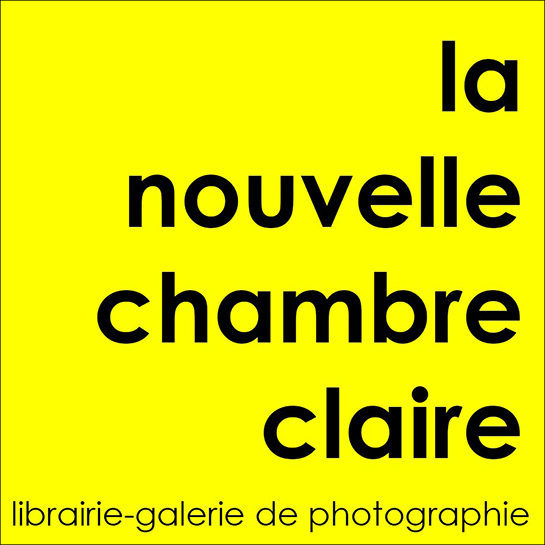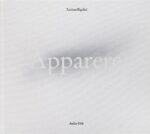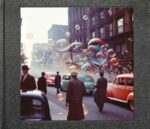1ère édition tirée à 750 exemplaires / 1st edition of 750 copies.
Le projet We Are at War est né et a été réalisé lors de la résidence de Phillip Toledano à Deauville, invité par le festival de photographie Planches Contact, en juin 2024 et a été exposé lors de la 15ème édition du festival, au complexe Le Franciscaines à Deauville du 19 octobre 2024 au 5 janvier 2025.
The project We Are at War was born and realized during Phillip Toledano’s residency in Deauville invited by the photography festival Planches Contact, in June 2024 and will be exhibited during the 15th edition of the festival, at the Le Franciscaines complex in Deauville from October 19th, 2024 to January 5th, 2025.
« L’existence même de l’IA a rendu l’histoire et les faits infiniment élastiques. Simultanément, tout est vrai, et rien n’est vrai.
Nous sommes à un tournant culturel -notre rapport avec l’image, et l’idée de l’image comme vérité -a fondamentalement changé.
Quoi de mieux pour illustrer cela que de réinventer de façon convaincante l’un des moments les plus significatifs de notre histoire proche ?
6 juin 1944. Jour J.
Parmi les milliers de soldats débarqués ce jour-là, il y avait des photographes. Pour n’en nommer que quelques-uns : l’unité de photographie et de film de l’armée, qui couvre les débarquements à Sword, Juno et Gold Beaches. Richard Taylor,
un sergent du corps de signalisation américain qui a filmé l’agression. Et à la plage d’Omaha, le photographe Robert Capa.
Capa a pris environ 4 rouleaux de film, et les a envoyés à Londres pour être développés, mais en raison d’un malheur de laboratoire, seulement 11 images ont survécu.
Capa a créé une poche vide d’histoire, une poche qui peut être remplie de AI – quelles images auraient pu se trouver sur ces rouleaux perdus de film ?
‘Nous sommes en guerre’ fait partie de mon exploration continue du surréalisme historique – travailler avec ai, j’imagine un des 36 rouleaux perdus de Capa – et ce faisant, démontrer à quel point l’histoire inventée peut être convaincante.
Si nous pouvons réécrire le passé, imaginez ce que nous pouvons faire avec le présent. »
“The very existence of AI has rendered both history and facts infinitely elastic. Simultaneously, everything is true, and nothing is true.
We are at a cultural turning point -our relationship with the image, and the idea of image as truth -has fundamentally changed.
What better way to illustrate this than by convincingly reinventing one of the most significant moments of our own near history ?
June 6th, 1944. D day.
Amongst the thousands of soldiers landing that day were photographers. To name a few: The Army Film and Photographic Unit, covering the landings at sword, Juno and gold beaches. Richard Taylor,
a sergeant in the US signal corps who filmed the assault. And at Omaha beach, the photographer Robert Capa.
Capa shot approximately 4 rolls of film, and sent them to London to be developed, but due to a lab mishap, only 11 images survived.
Capa created an empty pocket of history-a pocket that can be filled with ai – what images might have been on those lost rolls of film ?
‘We are at war’ is part of my continued exploration of historical surrealism – working with ai, I imagine one of capa’s lost roll of 36 images – and in doing so, demonstrate how utterly convincing invented history can be.
If we can rewrite the past, imagine what we can do with the present.”













